Hiking is a thrill. It's a blend of nature's serenity and the physical challenge of traversing through diverse terrains. To safely enjoy this adventure, the right gear, especially hiking shoes, is non-negotiable. They're your primary contact with the ground and your shield against the elements.
At Kizik, we understand the importance of well-fitted footwear. We focus on creating shoes that combine ease of wear, stylish design, and a snug fit. We’re mindful of what hikers need — a blend of comfort, support, and protection.
What is the anatomy of a hiking shoe?
Just like a well-planned hiking trail, every part of a hiking shoe serves a purpose. It starts with the outsole, your barrier against the rough, unpredictable trails. The midsole brings cushioning and shock absorption for those long treks.
Then, there's the insole, this unseen hero provides arch support and comfort. The upper is the protective shell that keeps your foot secure and safe, and the laces work to secure your shoe and customize the fit to your unique foot shape.
Understanding these elements contributes to the overall fit, comfort, and functionality of your hiking footwear — principles we at Kizik keep at the center when designing shoes.
What is the ideal fit for hiking shoes?
Finding the perfect fit in hiking shoes is essential for comfort and performance on the trails. Here are key aspects to consider:
- Toe Room: Ensure there's enough space to wiggle your toes without touching the front of the shoe. This is particularly important for downhill hiking to avoid bruises.
- Heel Grip: Your heel should be snugly in place. A firm grip prevents slipping inside the shoe, reducing the risk of blisters.
- Arch Support: Look for supportive arches that align with the contours of your feet, providing comfort without feeling constrictive.
- Room for Swelling: Your hiking shoes should be snug but allow for some natural foot swelling during long hikes.
- Snug Fit: The shoe should fit securely around your foot to prevent internal movement, which can lead to discomfort or injury.
- Breathability: Ensure the shoes allow for adequate airflow to keep your feet cool and dry.
Each of these elements contributes to a hiking shoe's fit, which is crucial for protecting your feet and enhancing your hiking experience.
How to size and measure hiking shoes
Getting the right size in hiking shoes is more than just a number — it's about ensuring a tailored fit for your outdoor adventures. Here are some tips for accurate measurement and sizing:
Measure both feet
Often, one foot is slightly larger than the other. Measure both of your feet to ensure the best fit for each.
Consider foot shape
Besides length and width, consider the overall shape of your foot — high arches, flat feet, or wide-toe boxes can all affect fit.
Afternoon measurements
Feet tend to swell throughout the day. Measure in the afternoon when your feet are at their largest for the most realistic size.
Use a Brannock device
This standard foot-measuring tool gives precise measurements. Many outdoor and shoe stores have one available for customers.
Factor in hiking socks
The thickness of hiking socks can change the fit of a shoe. Wear your hiking socks when measuring to account for their additional bulk.
Space at the front
Ensure there's about a thumb's width of space between your longest toe and the shoe's front. This space accommodates foot swelling and downhill movement.
Walk around
When trying on hiking shoes, walk around the store. Pay attention to any slipping at the heel or tightness across the toes.
Heel slippage test
A small amount of heel slippage is normal in new hiking shoes, but excessive movement can lead to blisters.
Check width and depth
The shoe should feel snug but not tight, with enough room to wiggle your toes.
Size flexibility
Be open to trying different sizes. Hiking shoe sizes can vary based on brand and style, and you might find a half-size up or down is more comfortable.
How to find the right hiking shoes for you
Choosing the right hiking shoes is a bit like mapping your trail — it requires attention to detail and an understanding of the journey ahead. Here are some key pointers to guide you in selecting the perfect pair:
Match shoes to terrain
Just like choosing between a serene forest path or a rugged mountain trek, your shoes should match your adventure. If it's rocky terrain you're conquering, something sturdy with rubber outsoles, like the Wasatch, could be your best bet. For those casual nature walks, a lighter shoe like the Lima will do just fine.
Consider the hike duration
Planning a full-day hike or just a quick stroll in nature requires thought. Longer trails call for shoes that can handle the marathon, offering comfort and endurance. Shorter, less demanding hikes? Go for something a bit lighter that won’t weigh down your spontaneous spirit.
Weather and water resistance
Like checking the forecast before heading out, consider whether your shoes can handle the elements. Waterproof or water-resistant options are great for unpredictable weather, while breathable shoes are perfect for sunny days.
Understand your foot’s needs
Your feet are as unique as your fingerprint, and what works for one hiker might not cut it for another. Whether it's a wider toe box, extra arch support, or more cushioning, your feet will tell you what they need.
Quality and durability
Look for durability and quality that can withstand the test of trails. Investing a bit more initially in a high-quality pair can save you from frequent replacements.
Style and personal preference
Just because they’re practical doesn’t mean they can’t be stylish. Pick a pair that not only feels right but looks great, too.
How long does it take to break in new hiking shoes?
Breaking in new hiking shoes is an important step to ensure your adventures are fun rather than filled with discomfort. The time it takes to break in a pair of hiking shoes can vary based on several factors:
- Material: The type of material your hiking shoes are made of plays a significant role. Leather shoes, for example, may take longer to break in compared to synthetic materials.
- Shoe Design: Heavier, more robust hiking boots generally require a longer break-in period than lighter, more flexible hiking shoes.
- Foot Shape: Every person's feet are unique, and the time it takes for your shoes to mold to your foot shape can affect the break-in period.
- Frequency of Use: The more often you wear your new hiking shoes, the faster they will break in. Regular use helps the material to soften and conform to your feet.
- Conditioning and Care: Applying leather conditioner (for leather shoes) and properly caring for your shoes can expedite the break-in process.
Generally, a good rule of thumb is to give your new hiking shoes a few weeks of regular wear to fully break in. Start with shorter walks or hikes, and gradually increase the distance and difficulty of your treks. A gradual approach helps shoes mold to your feet and can prevent issues like blisters or discomfort.
It's also wise to wear them around the house or for short errands before heading out on a long hike. This way, you can identify any potential problem areas and address them accordingly, ensuring your shoes are trail-ready.
What are some common hiking shoe fit problems and solutions?
Solving common hiking shoe fit problems can be tricky to troubleshoot, but with the right know-how, you can find solutions. Below are common footwear issues hikers encounter, along with remedies to ensure a comfortable journey.
Blisters and hotspots
Often a result of friction from an improper fit, these unwelcome intruders can turn a hike into an endlessly painful trek. To combat them, be sure your shoes fit snugly but not too tightly, break in your shoes gradually before long hikes, and opt for moisture-wicking socks to keep your feet dry.
Toe bruising
Descending hills can lead to your toes constantly hitting the front of your shoes. To prevent this, shoes with ample toe room are crucial. Properly lacing your shoes can also keep your foot securely in place, reducing forward movement.
Heel slippage
A bit of heel movement is normal, but excessive slippage can lead to instability and blisters. To address this, try the heel lock lacing technique for a firmer grip, and consider shoes with enhanced heel support.
Arch pain
Insufficient support can lead to foot fatigue and arch pain. Opt for shoes that provide good arch support, tailored to your foot type, and consider using orthotic insoles for additional comfort.
Overheating and sweating
Overheated, sweaty feet can quickly lead to discomfort. Shoes with breathable materials are a must, and changing into dry socks can make a world of difference to keep your feet comfortable.
Water intrusion
Wet feet can quickly lead to discomfort and cold. In wet conditions, waterproof hiking shoes are a lifesaver, and for added protection, consider applying a water-repellent treatment to non-waterproof shoes.
When to replace hiking shoes
Just like switching routes when the path gets too worn, knowing when to retire your hiking footwear is essential. Here's what to keep an eye on:
- Worn-Out Soles: Once the grip on your soles starts to fade, your risk of slipping increases. Look for smoothing areas or a decrease in tread depth as clear indicators.
- Damaged Upper Material: Holes, tears, or severe wear in the upper part of your shoe compromise both comfort and protection.
- Insole Compression: Over time, the insoles of your shoes may compress and fail to provide the same level of support and cushioning. If your feet feel more fatigued than usual, it might be time for a change.
- Compromised Waterproofing: If your previously waterproof shoes start letting water in, it's a sign that they're losing their efficacy.
When your hiking shoes have journeyed their last mile, it's time for a change. For those lighter trails or laid-back days, consider the Toronto.
It's our stylish, easy-to-wear Chelsea boot that goes with everything. It’s perfect for a smooth transition from rugged paths to casual strolls. Comfortable, durable, and effortlessly cool, Kiziks are ready for whatever your day holds.
The wrap-up
The right pair of hiking shoes is more than just a part of your gear — it's a crucial companion for your adventures. From the anatomy of the shoe to the unique needs of your feet, every aspect matters in crafting that perfect hiking experience.
At Kizik, we believe in footwear that combines practicality with ease and style. While our shoes may not be designed for the rugged trails, they embody the spirit of adventure and comfort that every hiker values.
Remember, the right fit in hiking shoes can elevate your journey from good to great. It's about finding that balance between snugness and space, support and flexibility. Whether you're scaling peaks or exploring gentle trails, your shoes are your foundation. Choose well, tread lightly, and embrace the adventure ahead!
After all, every step on the trail is a step toward new discoveries. Happy hiking!
Sources:
Hiking Boots | American Hiking Society
The arch support insoles show benefits | PMC
6 Possible Reasons Why You Have Swollen Feet, Ankles or Legs | Keck Medicine of USC
What Makes the Human Foot Unique? | Scientific American Network


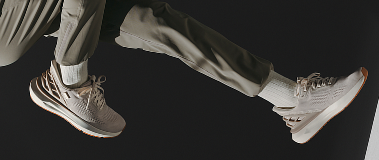
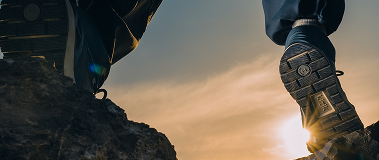

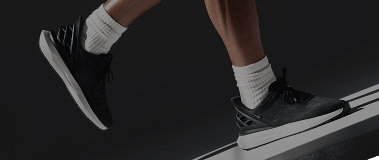
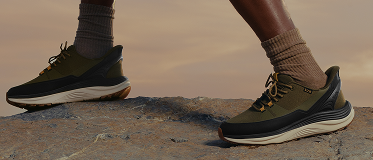
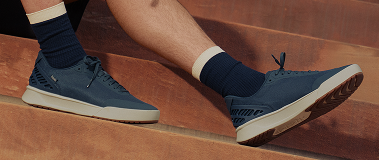
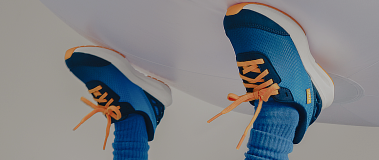
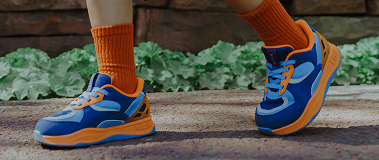
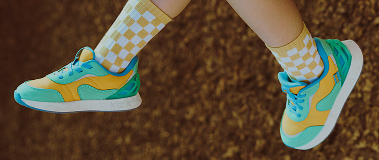

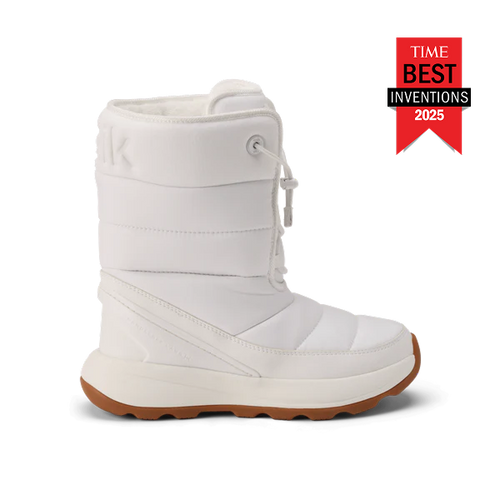


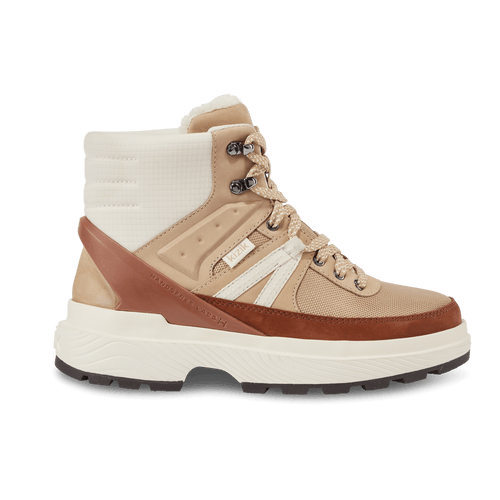
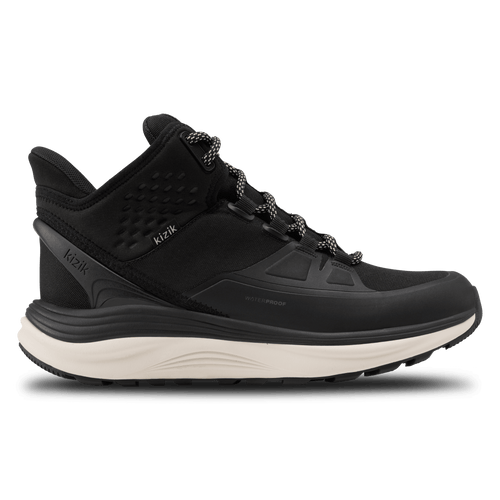








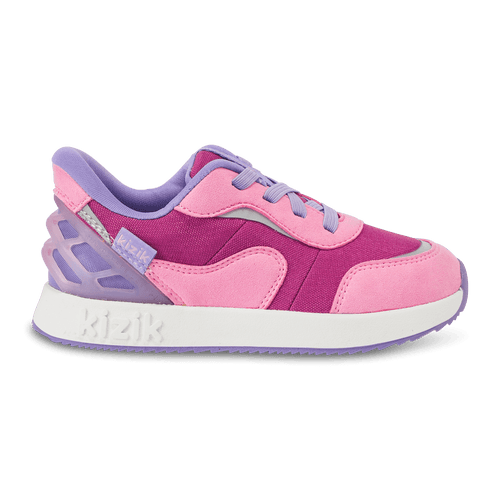




Leave a comment
This site is protected by hCaptcha and the hCaptcha Privacy Policy and Terms of Service apply.